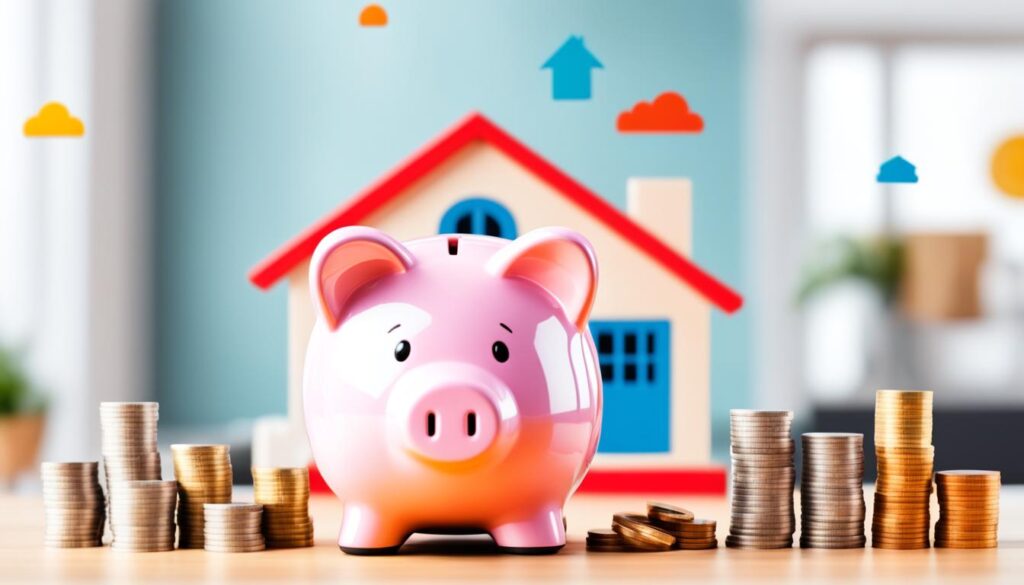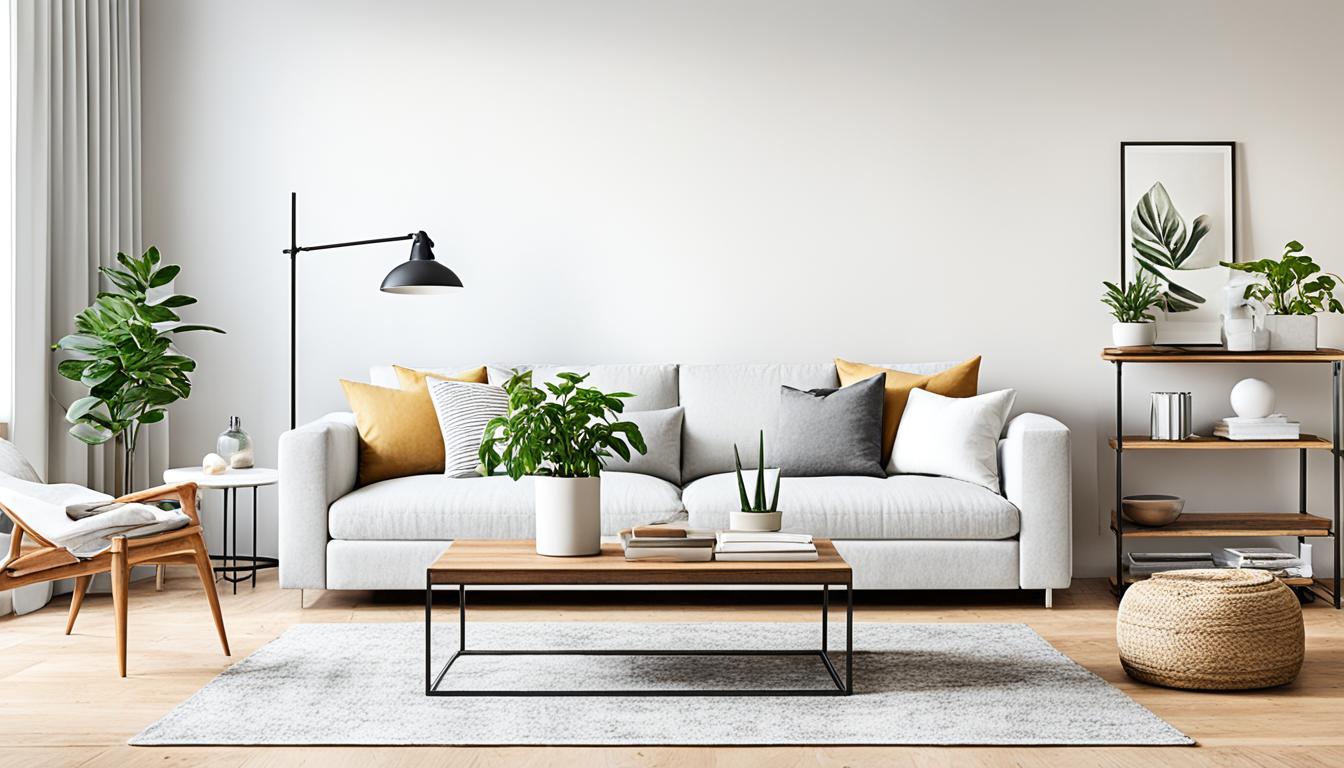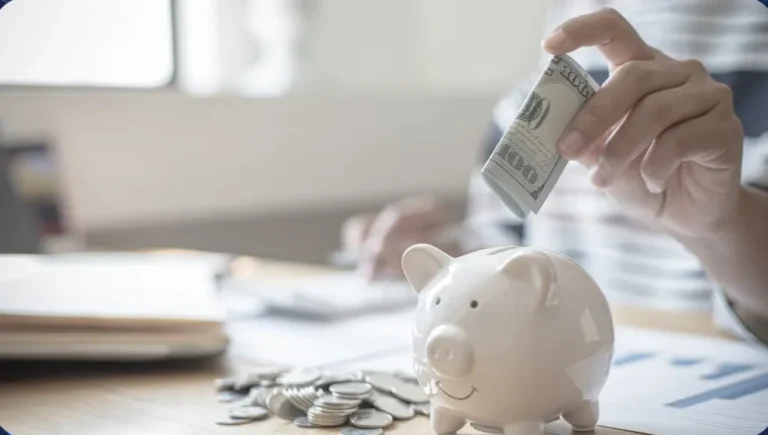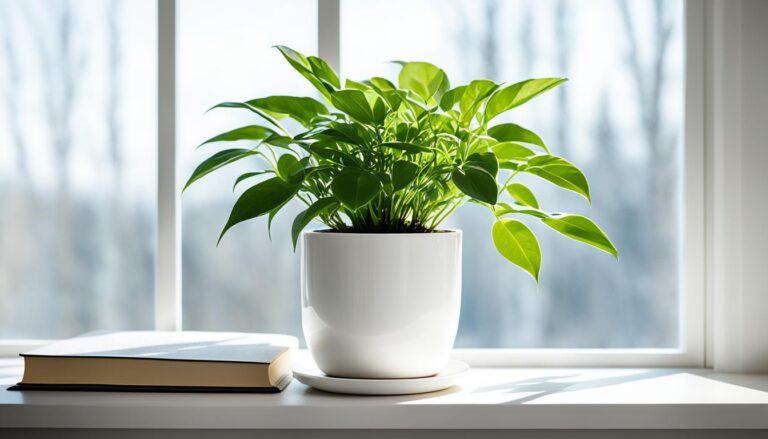Living a minimalist life can open doors to financial freedom and happiness. It means having fewer things and enjoying experiences more. This change helps reduce stress, gives more time, and makes life more meaningful.
Many people have left their jobs to live simpler lives. They save money every day. The key is being careful with how they spend. Minimalists buy only what they really need and find new ways to use things again. This way, they stick to their values and save money for the future.
Key Takeaways
- Minimalism can provide financial freedom and personal fulfillment.
- Living with fewer material possessions and focusing on experiences can lead to lower anxiety and more free time.
- Minimalism encourages intentional spending, leading to significant savings.
- Minimalists learn to buy fewer but higher-quality items, and find creative ways to create, repurpose, and reuse.
- Embracing minimalism can allow individuals to quit their jobs and enjoy greater autonomy.
The Minimalist Mindset and Intentional Spending
Embracing a minimalist mindset means more than just decluttering and buying less. It’s about understanding what you really need versus what you want. It’s about spending on purpose. By focusing on what you already have, you can save a lot of money.
Understanding Needs vs. Wants
Needs are things you must have to live, like a home, food, and utilities. Wants are things you might want but don’t need, like fancy clothes or gadgets. Minimalists focus on their needs and are happy with fewer things. By knowing the difference between needs and wants, you can save a lot of money.
Becoming Content with Less
A key part of the minimalist mindset is learning to be happy with less. Minimalists don’t buy new things to feel fulfilled. They find joy in experiences, relationships, and what they already have. By having fewer things, you can live a happier life and save money.
| Needs | Wants |
|---|---|
| Housing | Designer clothing |
| Food | Expensive gadgets |
| Utilities | Luxury travel |
| Healthcare | Dining out frequently |
| Transportation | Subscription services |

“The price of anything is the amount of life exchanged for it.” – Henry David Thoreau
By adopting a minimalist mindset and being careful with your spending, you can save a lot of money. Remember, what you need should come before what you want. Being happy with less can make your life more fulfilling and less stressful.
Wardrobe and Minimalist Capsule
Starting a minimalist life often begins with a well-thought-out minimalist wardrobe or capsule wardrobe. These collections of versatile, quality clothes help you save money, reduce stress, and lessen your environmental impact.
Capsule wardrobes have been popular since the 1970s. They started with Susie Faux, a London boutique owner. In 1985, Donna Karan introduced a capsule collection with “Seven Easy Pieces.” This kickstarted the modern minimalist wardrobe trend.
With a minimalist capsule wardrobe, you shop less and save a lot. You also reduce the harm the fashion industry does to the environment. Plus, it saves time and energy on shopping, organizing, and picking what to wear.
For a minimalist wardrobe, focus on timeless, quality pieces. These items last longer. A basic minimalist wardrobe usually has 28 to 42 items. This depends on your season, lifestyle, and where you live.
| Category | Number of Items | Average Price |
|---|---|---|
| Tops | 5 | $23.75 |
| Bottoms | 4 | $151.60 |
| Shoes | 3 | $98.33 |
| Dresses | 2 | $103.50 |
| Outer Layers | 3 | $190.67 |
| Handbags | 3 | $346.50 |
| Accessories | 3 | $55.67 |
| Swimsuit | 1 | – |
| Total | 24 | $132.71 |
To make a minimalist wardrobe, pick 7-10 everyday outfits from your essentials. This saves time and energy. Pinterest can help with outfit ideas.
A minimalist capsule wardrobe means having a few key pieces that mix and match to create many outfits. This way, you save money and have better quality clothes for longer.
In the end, a minimalist wardrobe or capsule wardrobe helps you save money, lessen your environmental impact, and make your daily routine easier. By choosing timeless, versatile pieces, you build a wardrobe that fits your minimalist life.
Creating a Minimalist Budget
Creating a minimalist budgeting strategy helps you save money and live with less. It’s about sorting expenses into “needs” and “wants.” By looking closely at each purchase, you can move money from unnecessary spending to your goals.
A minimalist budget makes you think about every purchase. It makes sure spending matches your values and priorities. This careful spending can lead to big savings. In fact, minimalists might save $100 to $300 a month, adding up to a lot over the year.
To keep your finances simple, think about combining your accounts. Try to have 1-3 checking/savings accounts, 1-3 credit cards, and just one brokerage account. This makes tracking expenses and staying organized easier.
The 50/30/20 Rule
The 50/30/20 rule is a good starting point for budgeting. It says to use 50% of your income for needs, 30% for wants, and 20% for savings or paying off debt. This way, you meet your basic needs and still save for your goals.
For a simpler budget, you might use fewer categories and stricter spending limits. Grouping expenses into “Essentials” and “Extra” can also help you find more savings.

The secret to a successful minimalist budget is to stay alert, track your spending, and regularly check your habits. This way, you’ll gain the financial freedom and security that come with a minimalist life.
Meal Prepping for Frugal Living
Meal prepping is a great way for minimalists to save money on food. It helps you plan meals ahead and cook in bulk. This way, you can skip expensive takeout and eat healthier, homemade meals.
Planning Meals in Advance
Planning your meals and making a shopping list can cut down on food waste and impulse buys. Just cook a few main dishes on the weekend and divide them for the week. This method makes sure you have a healthy meal ready, even when you’re busy.
Saving Money by Eating Out Less
Eating out less is another smart way to save money as a minimalist. Meals at restaurants are usually two to three times pricier than cooking at home. By eating in more often, minimalists can put that money towards their goals or other important costs. They can still enjoy eating out sometimes, but it’s a special treat, not a regular thing.

Meal prepping and eating at home are key for minimalists who want to live frugally. By planning meals and cooking at home, minimalists can save a lot of money and still enjoy tasty, healthy food.
Auditing Subscriptions and Recurring Expenses
Minimalists make it a habit to check their subscriptions and recurring expenses often. This is key to finding ways to save money. Many people sign up for services like streaming or gym memberships without thinking about the cost. By looking at their bank statements and making a list of all payments, minimalists can find subscriptions they don’t need and cut costs.
This process helps avoid spending on things that don’t add much value. A study found that U.S. cardholders lose over $14 billion a year to “gray charges.” By checking and canceling unused subscriptions, minimalists can save money and use it for what’s important.
Having many monthly subscriptions can really add up. For instance, a $30 monthly subscription becomes $1,800 a year. Minimalists check regularly to see if their subscriptions are still worth it. They suggest reviewing subscriptions a few times a year, as the National Endowment for Financial Education recommends.
To manage subscriptions better, minimalists might share subscriptions, downgrade services, or choose seasonal ones. By being careful with their subscriptions, they can save money. This helps them live the life they want and feel financially secure.
| Subscription Type | Average Monthly Cost | Annual Cost |
|---|---|---|
| Streaming Services (Netflix, Hulu, Disney+) | $30 | $360 |
| Gym Membership | $50 | $600 |
| Software Subscriptions (Microsoft 365, Adobe Creative Cloud) | $20 | $240 |
| Credit Card Annual Fees | $10 | $120 |
This table shows how fast subscription costs can add up. It highlights why it’s crucial to keep an eye on subscription auditing. This helps maintain a minimalist approach to finances.
Embracing the minimalist lifestyle
Living a minimalist life is more than just getting rid of stuff. It’s about changing how you think to find happiness and fulfillment. You focus on experiences, relationships, and living on purpose, not just buying more things.
Minimalists ask themselves if they really need something before buying it. They choose what they truly need over what they just want. This way, they save money and still live well.
By having less, minimalists have more time, energy, and money for what’s important to them. The benefits of minimalism, like paying off debt and saving for big buys, make many want to live simpler.
- 15 years ago, the author decided to embrace minimalist living.
- Minimalism has been a prominent trend for more than a decade.
- Minimalism provides opportunities to pursue what’s most important in life.
- Minimalism encourages more intentional living by helping people identify their values.
Having fewer things means less time cleaning and organizing. It helps focus on what you contribute to the world, not just what you gain. This makes it easier to change your life, like switching careers or changing your lifestyle.
Choosing minimalist living can make others think differently about buying things. Studies show that 80% of people feel overwhelmed by clutter at home, leading to more stress and sadness. Minimalism brings clarity and focus, with 90% of minimalists saying it improved their mental health.
“Minimalism has been a game-changer for me. It’s helped me prioritize what’s truly important and find joy in the simple things in life.”
For families, minimalism can really change kids. 50% of kids raised this way value relationships and experiences more than stuff. This helps them be creative, love nature, and see things in a balanced way.
By choosing minimalism, people can take back their time, lower stress, and focus on what’s really important. This leads to a life that’s more meaningful and on purpose.
| Benefit | Percentage |
|---|---|
| Reduction in stress related to decision-making | 95% |
| Reported improved mental health and sense of clarity | 90% |
| Reduced guilt and frustration from eliminating clutter | 85% |
| More time invested in activities they love | 70% |
Conclusion
Living a minimalist life can change how you see money and happiness. By choosing what you spend on wisely, you can save more and focus on what’s important. This way, you can live better with less.
Start by buying fewer clothes, check your subscriptions, and cook at home more. These tips can save you a lot of money. By meeting your basic needs first, you’ll feel happier and have money for your dreams, like early retirement.
Minimalism isn’t about giving up things you love. It’s about finding happiness in what you already have. This lifestyle helps you avoid buying too much, protects the planet, and makes your life more meaningful. It’s a personal journey, so take it at your pace. With effort and a new mindset, you can enjoy the benefits of living simply and achieve financial freedom.







